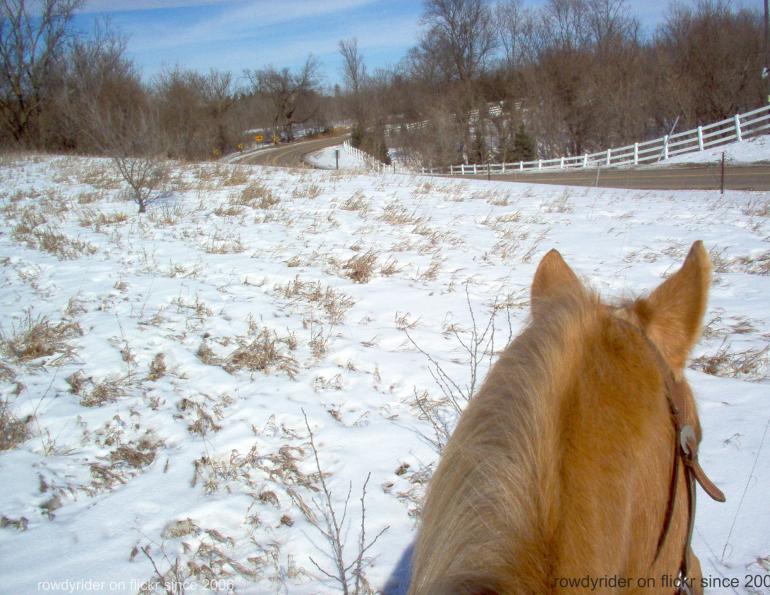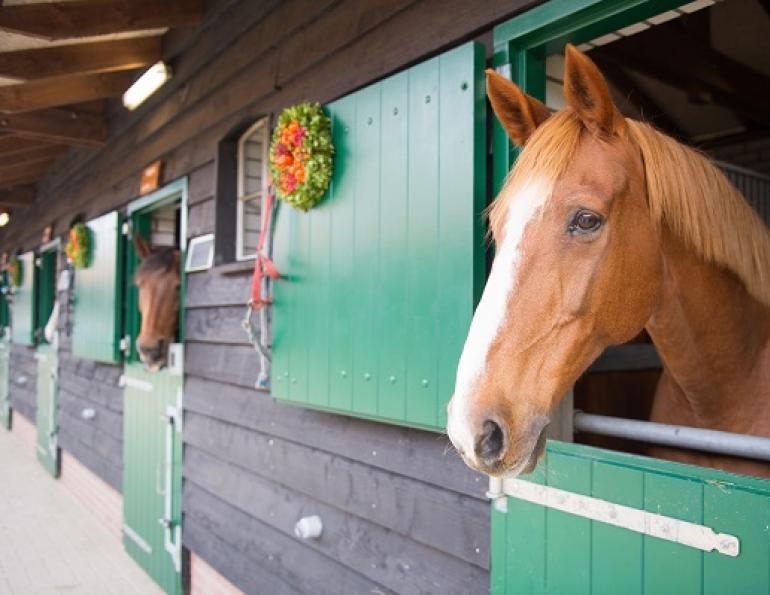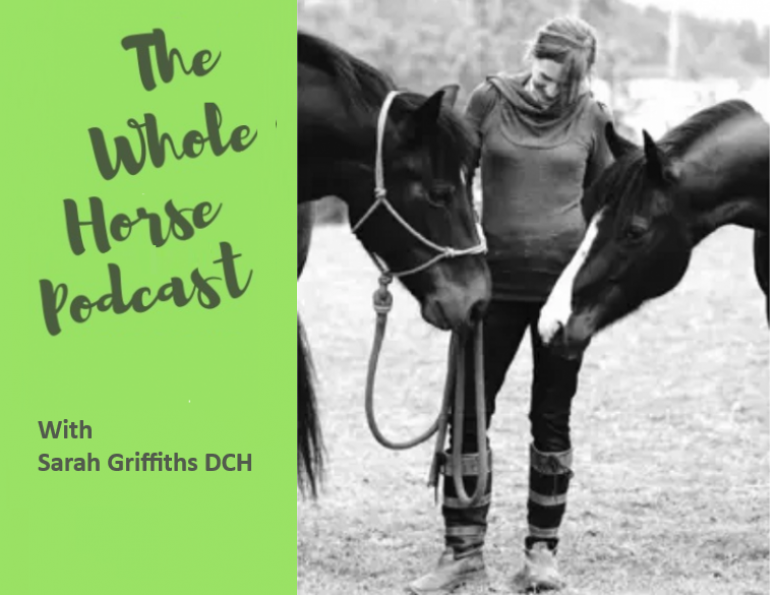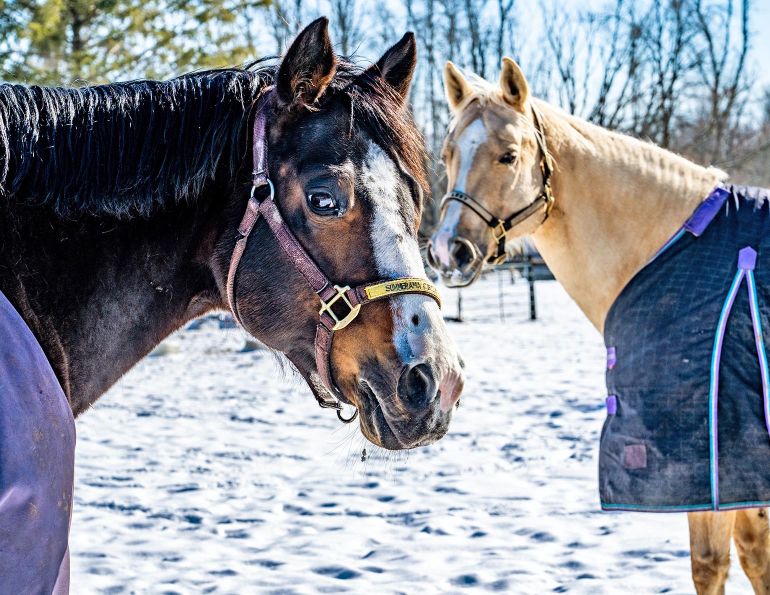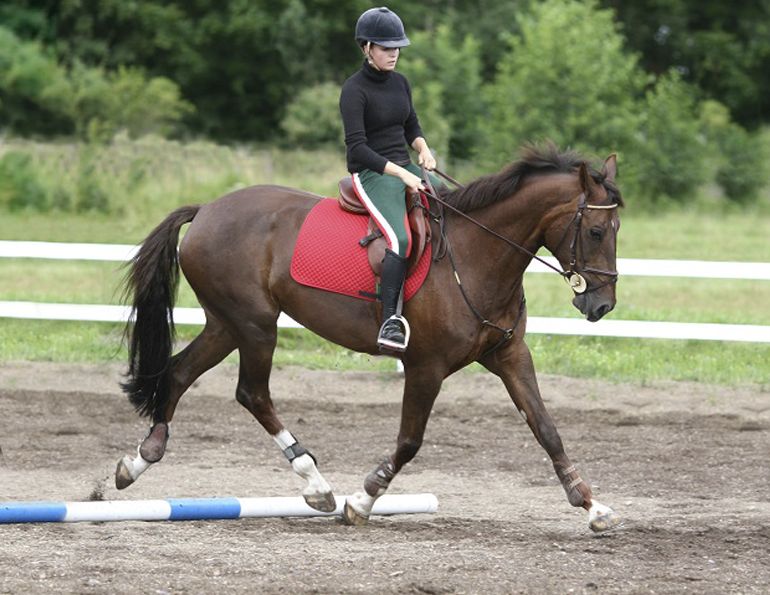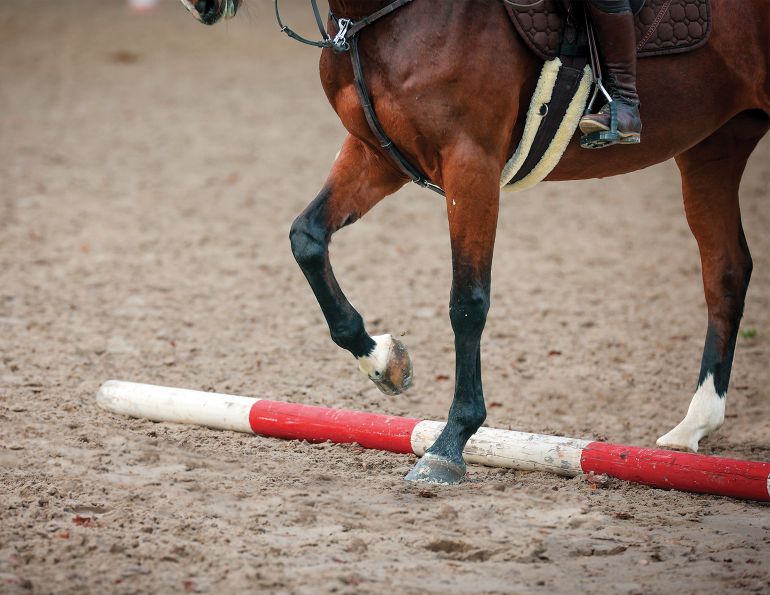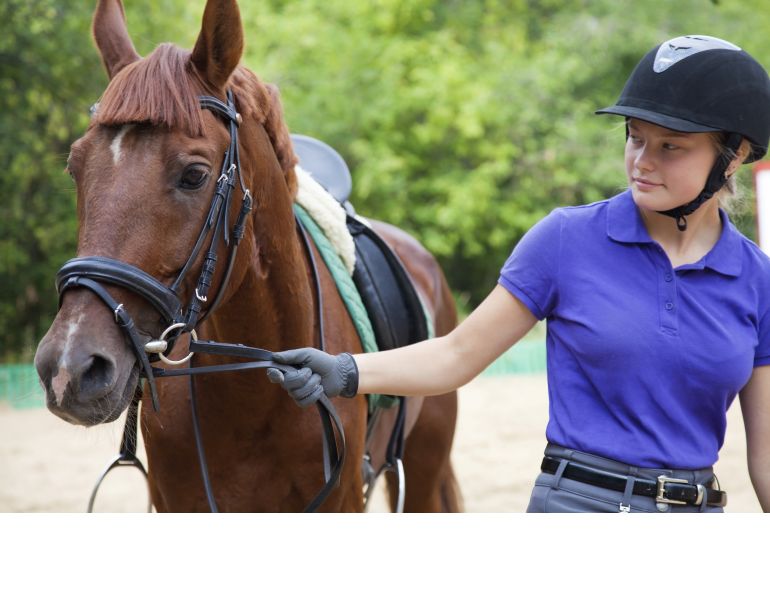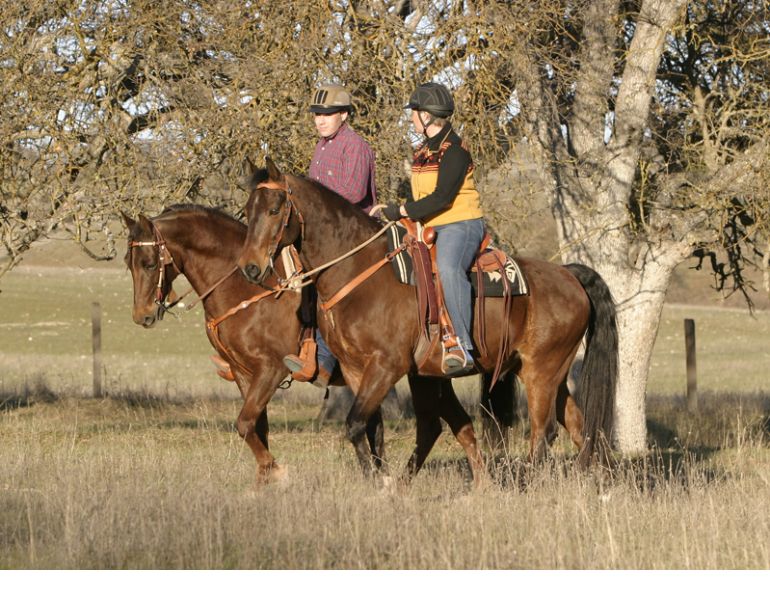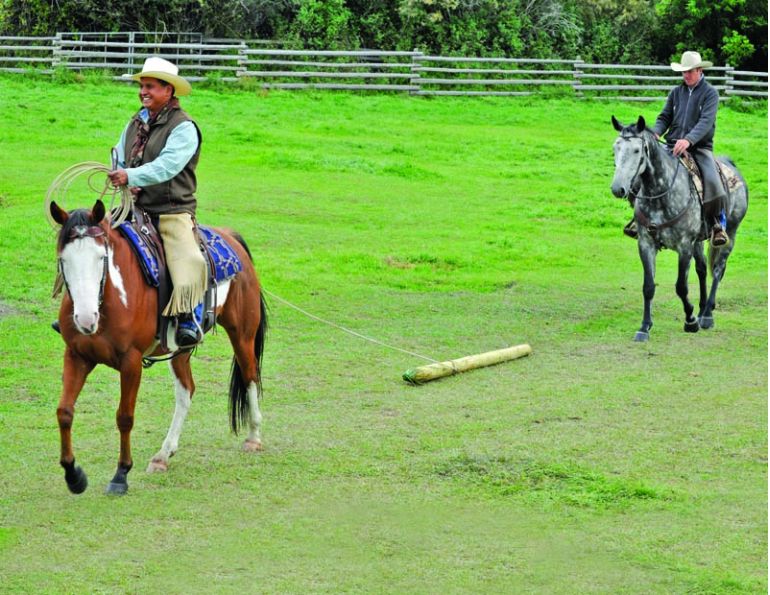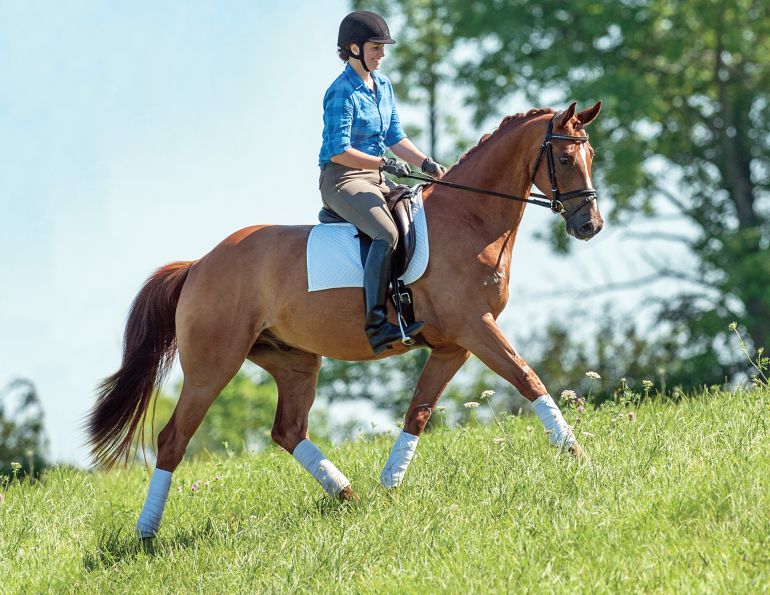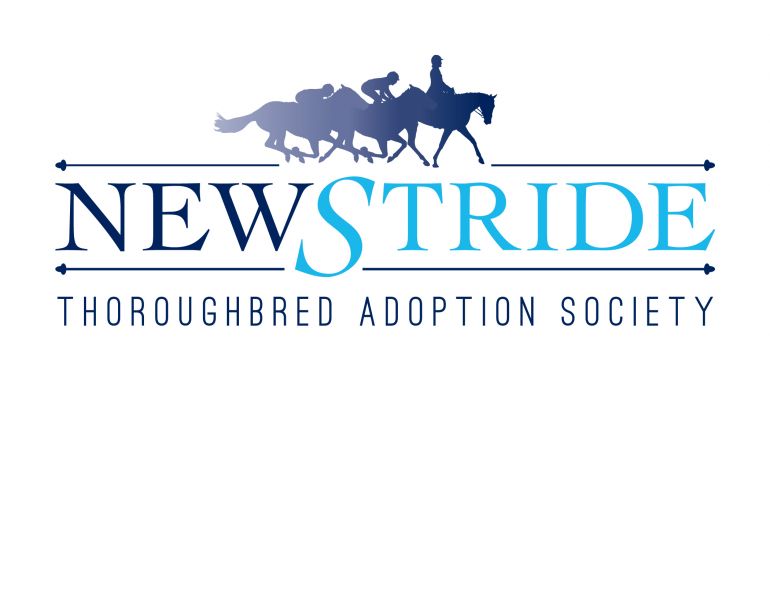With Stan Walchuk, Jr.
Q: I trail ride regularly from spring to fall, but don’t ride during the cold winter months. On our first rides in the spring my horse acts as if he resents having to go back to work. Should I be training or handling my trail horse in the off season so he is not lazy and uncooperative when we hit the trails next spring?
A: Imagine two grade school classrooms. In one, the students run around at free will, screaming like banshees, pushing their way through line ups, and punching those they are unhappy with. In the other, the class is structured. The students ask permission to leave their desks, raise a hand to take their turn to speak, and there is no shoving or hitting.
Thinking about these two classrooms, you get the idea that the instructor truly does have an important role in governing the students’ behaviour.
Trail horses are like kids; they need structure, direction, and appropriate discipline. Strong foundation training is built by the exercises and habituation that we provide. Metaphorically speaking, grade one is everything for a trail horse. Your hours and days in the barn, the yard, or on demanding trails can only be enjoyed when the horse is willing and responds softly to your cues and demands. Exercises and attention to behaviour in the off season go a long way toward a good experience during the riding season. So, if during the winter you find yourself confined to the barn and yard with limited time, focus on simple exercises that build strong foundation training.
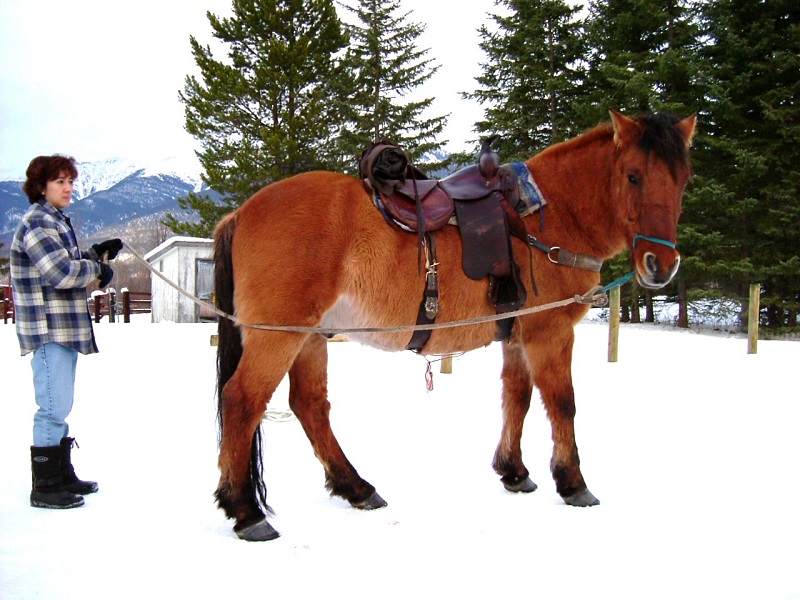
Use the off season to completely desensitize your horse to things he might react to, such as ropes around and between his legs and noisy objects underfoot.
First, the trail horse must be soft and willing to move forward, back, and over. He needs to drop his head and give his face left or right willingly. He must not pull, be pushy, or crowd your space. Horses can become sluggish and balky with reduced activity during the off season. If you spend the winter just hanging around, being your horse’s friend, and giving him treats, you may find in the spring when you mount up that your horse buddy is less than cooperative. This is bad news for a trail horse that’s required to start and stop all day long.
The remedy for this may sound simple but remember this is grade school. Simply take your haltered horse and a lunge line or long lead rope (trail leads should be from 10 to 12 feet long) and move your horse forward in small circles on command. If the horse is balky and does not step out crisply, be aggressive verbally and raise your arms. If needed, tap the horse with the training whip. After several small circles, “pulse” the rope toward you with small bumps, release pressure by backing toward the rear of the horse, as if you were reeling in a fish, and when the horse faces you, say “whoa.” If the horse wants to continue to run circles rather than accepting your release, let him. Sooner or later he will come in to face you, glad to stop. Try this a few times in both directions. This simple exercise only takes a few minutes and can be practised several times over the winter or about every two weeks.
Think about what is happening. You have earned the horse’s respect by pushing him forward, as alpha horses in the herd are inclined to do. This respect and right to move the horse will transfer directly to the trail. Feet are for fight and flight, and are fundamental to a horse’s survival. When you control a horse’s feet, then to some extent you control the horse’s mind, movement, and behaviour as well. Own the feet, own the mind, own the horse.
When you release pressure, bump the lead, bring the horse in to face you and say “whoa,” you are teaching your trail horse to stop crisply on command. A light tug downward on the lead when you say “whoa” reinforces the need for crisp stops. The horse learns that being next to you offers a rest or break and is a good place to be. When the horse has his proper place beside you, watch that he does not crowd your space or move from that place without your permission. Respecting space is critical on the trail because you are constantly between a rock (or a horse) and a hard place.
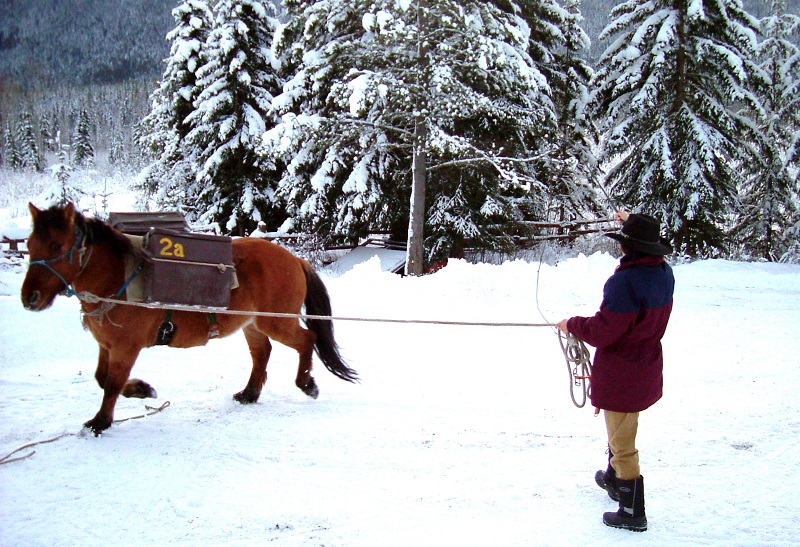
Moving your horse around on a small circle and asking for crisp starts and stops will help keep him sharp and reinforce your right to control the movement of his feet.
Any time you visit with your horse in the off season, remind him that you have the right to come into his space and touch him at will. Let him know that although the trail riding season is over, you still expect softness from your cues or applied pressures – what I call pushing the horse’s buttons.
When I am visiting or feeding my horses, I often approach one that appears to be showing some disrespect, walk into his space, and “push his buttons.” In other words, I apply pressures that I use all trail season, such as flexing the face left and right, dropping the head by applying pressure on the poll, moving the horse back and over in both directions. If the horse respects my right to be in his space and gives his face softly, then there is no issue. If not, I immediately put a halter and lead or lunge line on him and practise the previously described exercise until his mind is where it needs to be.
When my horses see me coming in the off season, I want them to think: There’s our owner again. He’s okay. He’s good to me and feeds me. I wonder if he wants me to do something this time. When you keep the horse guessing about when and whether you will be handling him, and if he accepts your presence, then to a large extent you control his mind and behaviour simply because he is waiting for your next command.
Trail horses must be patient, as they spend a good amount of time tied to posts, trees, and rails, and waiting at stops on the trail. Having your horse stand tied for an hour at a time over the course of the winter is good practice. Hobbles will help settle down an antsy, disrespectful, or spoiled horse during this calming down time. Never leave your horse tied unattended.
The off season is also a good time to desensitize your horse. Every time you visit your horse you should touch him in different areas with gentle hands and later, more aggressive petting. Trail horses need to be completely desensitized to ropes between legs and under tails, jackets, and tarps over and under. The winter is a great time to work out any of these spook glitches.
Happy trails!
All photos courtesy of Stan Walchuk, Jr. except main article photo by Rowdy Rider/Flickr.



